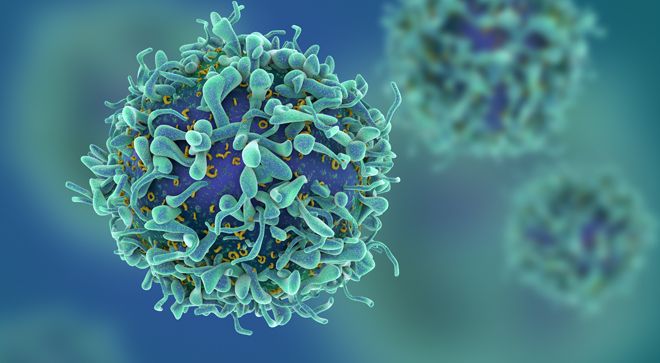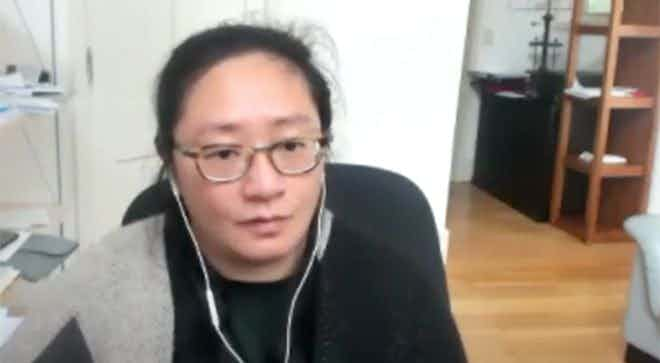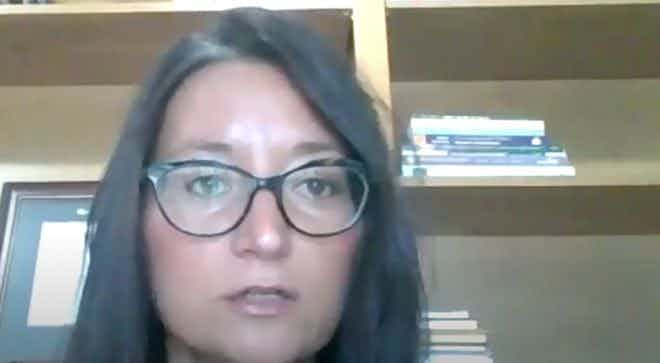News
Article
Monjuvi May Slow Follicular Lymphoma Progression
Author(s):
Monjuvi, Revlimid and Rituxan improved progression-free survival among adults with relapsed or refractory follicular lymphoma, topline research showed.
Monjuvi may improve progression-free survival in certain patients with follicular lymphoma.

Monjuvi (tafasitamab) has reportedly yielded positive results regarding disease progression for patients with relapsed or refractory follicular lymphoma (FL).
Monjuvi, a CD19-targeting monoclonal antibody, garnered positive topline results in the phase 3 inMIND trial, meeting the trial’s primary endpoint of progression-free survival (PFS; the time a patient lives without their disease spreading or worsening), according to a news release from manufacturer, Incyte.
Based on the results of the trial, Incyte announced thst it plans to file a supplemental Biologics License Application with the Food and Drug Administration (FDA) for Monjuvi to treat patients with FL who previously underwent at least one previous systemic anti-CD20 immunotherapy or chemo-immunotherapy. The company plans on filing with the agency by the end of the year and will be submitting the data from inMIND to be presented at an upcoming scientific meeting, according to the news release.
Monjuvi was previously approved by the FDA in 2020 for the treatment of adults with relapsed or refractory diffuse large B-cell lymphoma (DLBCL), not otherwise specified, including DLBCL arising from low-grade lymphoma, and who are not eligible for autologous stem cell transplant.
Monjuvi, as explained by the National Cancer Institute, binds to the CD19 protein found on most B cells and some lymphoma cells, and may help the immune system kill cancer cells.
With 654 participating patients, the inMIND trial, according to its listing on clinicaltrials.gov, launched in April 2021 and is expected to be completed in August 2028. The trial is evaluating the efficacy and safety of Monjuvi or placebo in combination with Revlimid (lenalidomide) and Rituxan (rituximab) compared to Revlimid and Rituxan alone in patients with relapsed or refractory FL.
The trial, according to Incyte, also met key secondary endpoints of PFS in the overall population by investigator assessment as well as the positron-emission tomography-complete response (disappearance of cancer) rate among patients with FDG-avid FL, according to the news release, which also stated that the secondary endpoint of PFS results by blinded independent review were consistent with investigator-based PFS results.
“While many patients with [FL] initially benefit from first-line treatment, relapse of the disease is common, underscoring the need for additional therapies,” stated Dr. Steven Stein, Chief Medical Officer of Incyte, in the news release. “These results demonstrate the potential of [Monjuvi] added to the standard of care to be a meaningful new treatment option for patients with FL whose disease has progressed after at least one prior therapy.”
Potential serious side effects of Monjuvi include infusion reactions, low blood counts and infections, with the most common side effects being tiredness or weakness, diarrhea, cough, fever, swelling of the lower legs or hands, respiratory tract infection and decreased appetite. No new safety signals of Monjuvi were observed in the inMIND trial, according to the manufacturer.
According to the American Cancer Society, approximately one out of every five cases of lymphoma in the United States is FL, which it described as usually a slow-growing lymphoma, though some can grow quickly. It usually occurs in many lymph node sites in the body and can also occur in the bone marrow, with the average age of people with this type of lymphoma being approximately 60 years.
FL is a type of B-cell lymphoma, itself a type of non-Hodgkin lymphoma. While this disease often responds well to treatment and may not need to be treated until it starts causing problems for patients, it is hard to cure and can, over time, turn into fast-growing DLBCL.
For more news on cancer updates, research and education, don’t forget to subscribe to CURE®’s newsletters here.









